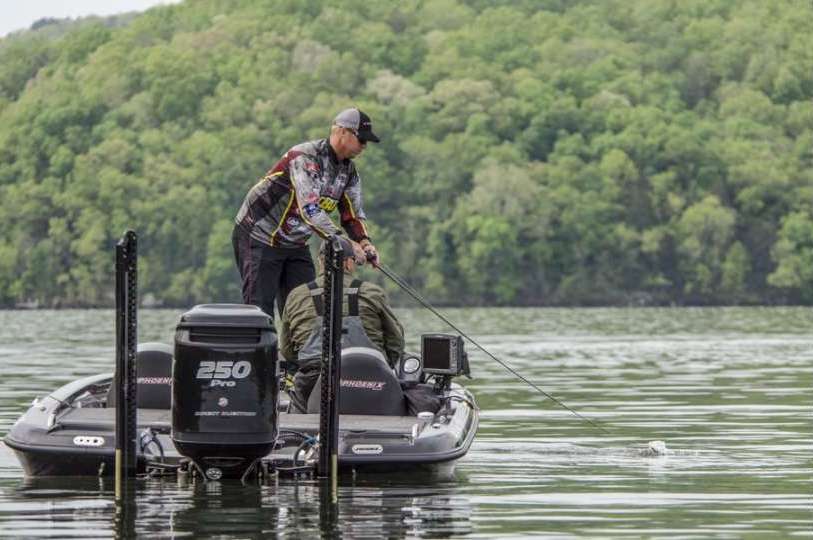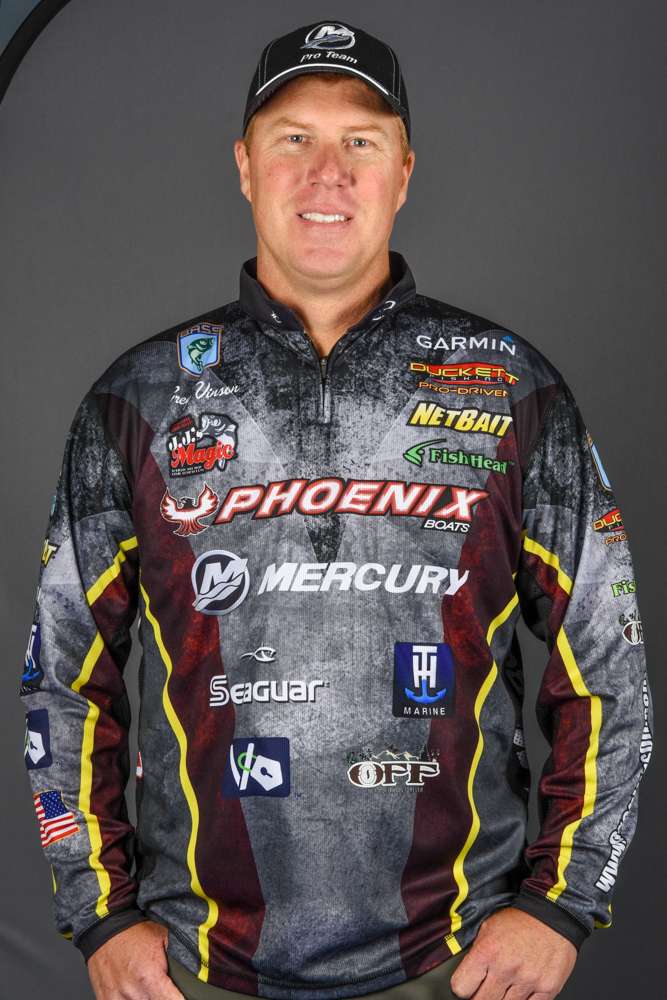
As we get ready for spring we need to start thinking about the changing conditions we will face. At the top of the list is water temperature. We all know that warming water will typically push the bass shallower and make them more active. But, what some anglers may not realize is that small changes in water temperature can make for big differences in bass behavior. Bass will reposition as the day goes along if the water warms.
Another thing to keep in mind is the length of the day and the general weather conditions. Even when the water stays cold, longer days will move them up towards their eventual spawning areas. It’s called photoperiod and I’m convinced the fish are aware and react instinctively to it.
And, spring bass are very sensitive to cold fronts. A drop of a few degrees in air temperature and a north wind will move them back towards deeper water temporarily. This is especially true in flat, shallow areas. They won’t go back to their winter holding areas but they will move back to the first or second drop from where they were when it was warm.
With those things in mind let’s talk a little about plastic bait selection.
When water temperatures are in the upper 40s and lower 50s I start with small craws, small creature baits or a straight tail worm on a swing head or a shaky head. Pairing them up as trailers on a finesse jig can be great too. Fish living in that temperature range will feed, but they won’t be real aggressive. Fishing slow and easy is usually the best approach. In these conditions, expect to be fishing for fewer bites but better quality fish.
As the water temperature moves up into the upper 50 degree range I get more aggressive with my baits. Bigger creature baits are my favorite, but at times they’ll kill swim jigs and swimbaits. I still start by fishing them easy, but I’ll go faster and quicker than I would before.
Once the water’s into the 60s I know they’re really thinking spawn. Along with water temperature consider stable weather and the moon phase. It’s a combination of everything. I wish I could give you better information, but really it’s a matter of experience and judgement.
At this point I attack them by thinking about their migration routes from winter to the spawning beds. That might be anything depending upon where you’re fishing. Usually, though, it’ll be a channel, a series of drops or a discernable and logical path for them to get from one place to another.
Bigger more aggressive baits are best during this movement. These are active fish and they act like it. Move your baits quickly and cover water.
It won’t take long for them to move to the beds. Bed fishing is more art than it is science, and it’s been written about a lot over the years. Check this site for more detailed information about how to do it.
In general I favor a slower presentation when they’re on the beds. I like Senko style lures — my personal preference is a NetBait Salt Lick — along with small creature baits and tubes. I use light weights and a really, really slow presentation. Like I said, though, there are a lot of other opinions from anglers who know what they’re talking about. Check them out.
This is probably the best time of the year to catch a giant. Think before you cast and make every cast count.

